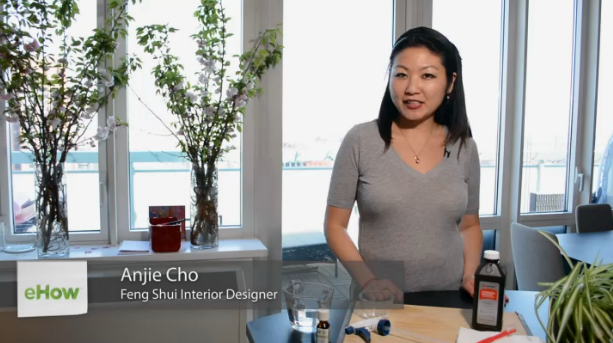Using peroxide is an inexpensive and eco-friendly alternative to toxic cleaning products
see more eHow.com videos here
Video Transcript:
I'm Anjie Cho, and this is how to make natural cleaners with peroxide.
Unfortunately, many conventional cleaning products are made up of toxic chemicals. Not only do we breathe in these toxins, they get directly absorbed into our bloodstream through our skin. They also release toxins into the air and water supply. You absolutely don't want these products in your home. They poison you, your family and the planet as a whole.
It's easy to make a non-toxic alternative natural cleaner using hydrogen peroxide. Hydrogen peroxide is safe for our water supply because it breaks down in the water. It's also inexpensive at one or two dollars for a bottle like this. It's great as a cleaner because it's naturally antibacterial, and that's why we use it to clean cuts. Some uses for peroxide as a cleaner are one, mix it with some club soda to clean surfaces like counter tops.
Two, as a substitute for bleach. It's a natural whitener. Three, use it undiluted to sanitize toothbrushes, cutting boards and waste bins. My favorite way to use peroxide is to add a few drops of essential oil, like eucalyptus, which is naturally antibacterial, and use it for an anti-mildew shower tub spray. I just take a spray bottle, take the top off, screw it right onto the brown bottle.
By the way, the reason why hydrogen peroxide often comes in those opaque brown bottles is that the peroxide can easily break down in sunlight.
So it's best to keep it out of the sun and in the brown bottles. So have some fun and make your own do it yourself natural cleaner with peroxide.






